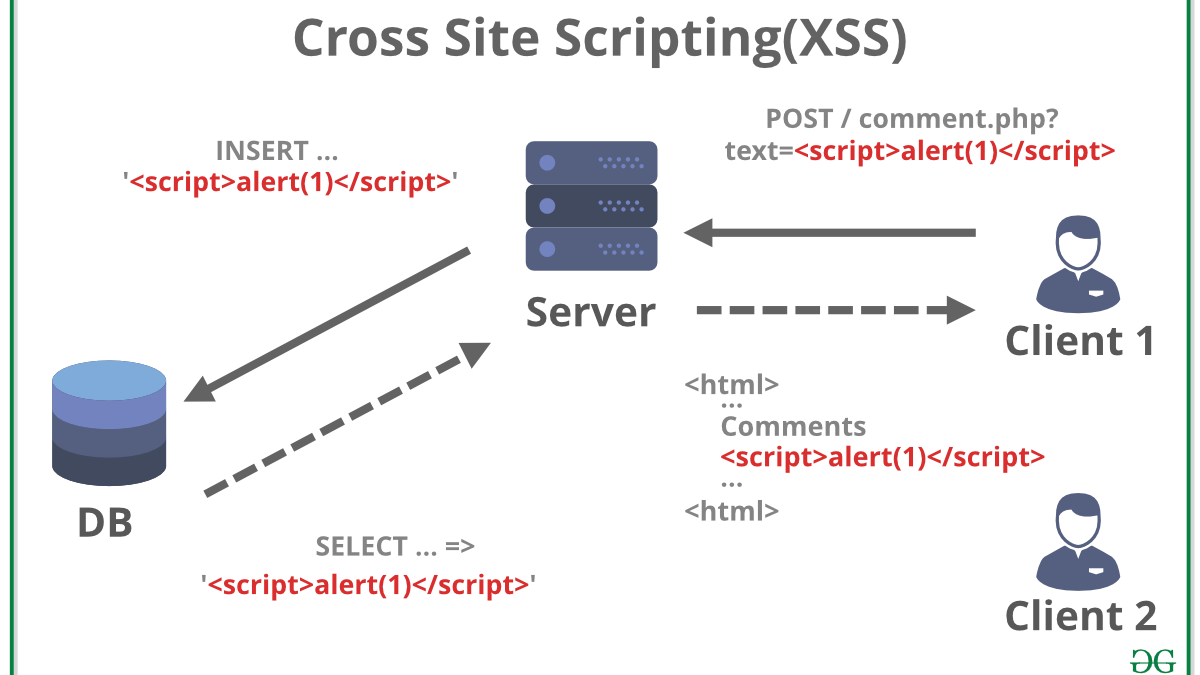1. EXECUTIVE SUMMARY
- CVSS v3 4.6
- ATTENTION: Exploitable remotely/low skill level to exploit
- Vendor: GE
- Equipment: GE S2020/S2020G Fast Switch 61850
- Vulnerability: Cross-site Scripting
2. RISK EVALUATION
Successful exploitation of this vulnerability may allow an attacker to inject arbitrary code and allow disclosure of sensitive data.
3. TECHNICAL DETAILS
3.1 AFFECTED PRODUCTS
The following versions of GE S2020/S2020G Fast Switch 61850, a managed Ethernet switch, are affected:
- S2020/S2020G Fast Switch 61850 Versions 07A03 and prior
3.2 VULNERABILITY OVERVIEW
3.2.1 IMPROPER NEUTRALIZATION OF INPUT DURING WEB PAGE GENERATION (‘CROSS-SITE SCRIPTING’) CWE-79
An attacker can inject arbitrary Javascript in a specially crafted HTTP request that may be reflected back in the HTTP response. The device is also vulnerable to a stored cross-site scripting vulnerability that may allow session hijacking, disclosure of sensitive data, cross-site request forgery (CSRF) attacks, and remote code execution.
CVE-2019-18267 has been assigned to this vulnerability. A CVSS v3 base score of 4.6 has been calculated; the CVSS vector string is (AV:N/AC:L/PR:L/UI:R/S:U/C:L/I:L/A:N).
3.3 BACKGROUND
- CRITICAL INFRASTRUCTURE SECTORS: Critical Manufacturing, Energy, Transportation Systems
- COUNTRIES/AREAS DEPLOYED: Worldwide
- COMPANY HEADQUARTERS LOCATION: United States
3.4 RESEARCHER
Murat Aydemir of Biznet Bilisim A.S., reported this vulnerability to CISA.
4. MITIGATIONS
GE produced and released Version 07A04, which fixed the vulnerability prior to the researchers reporting it to CISA.
Users can obtain the newest version at the following link: GE S2020/S2020G Fast Switch 61850.
CISA recommends users take defensive measures to minimize the risk of exploitation of this vulnerability. Specifically, users should:
- Minimize network exposure for all control system devices and/or systems, and ensure that they are not accessible from the Internet.
- Locate control system networks and remote devices behind firewalls, and isolate them from the business network.
- When remote access is required, use secure methods, such as Virtual Private Networks (VPNs), recognizing that VPNs may have vulnerabilities and should be updated to the most current version available. Also recognize that VPN is only as secure as the connected devices.
CISA reminds organizations to perform proper impact analysis and risk assessment prior to deploying defensive measures.
CISA also provides a section for control systems security recommended practices on the ICS webpage on us-cert.gov. Several recommended practices are available for reading and download, including Improving Industrial Control Systems Cybersecurity with Defense-in-Depth Strategies.
Additional mitigation guidance and recommended practices are publicly available on the ICS webpage on us-cert.gov in the Technical Information Paper, ICS-TIP-12-146-01B–Targeted Cyber Intrusion Detection and Mitigation Strategies.
Organizations observing any suspected malicious activity should follow their established internal procedures and report their findings to CISA for tracking and correlation against other incidents.
CISA also recommends users take the following measures to protect themselves from social engineering attacks:
- Do not click web links or open unsolicited attachments in email messages.
- Refer to Recognizing and Avoiding Email Scams for more information on avoiding email scams.
- Refer to Avoiding Social Engineering and Phishing Attacks for more information on social engineering attacks.
No known public exploits specifically target this vulnerability.
Source:


Stay connected